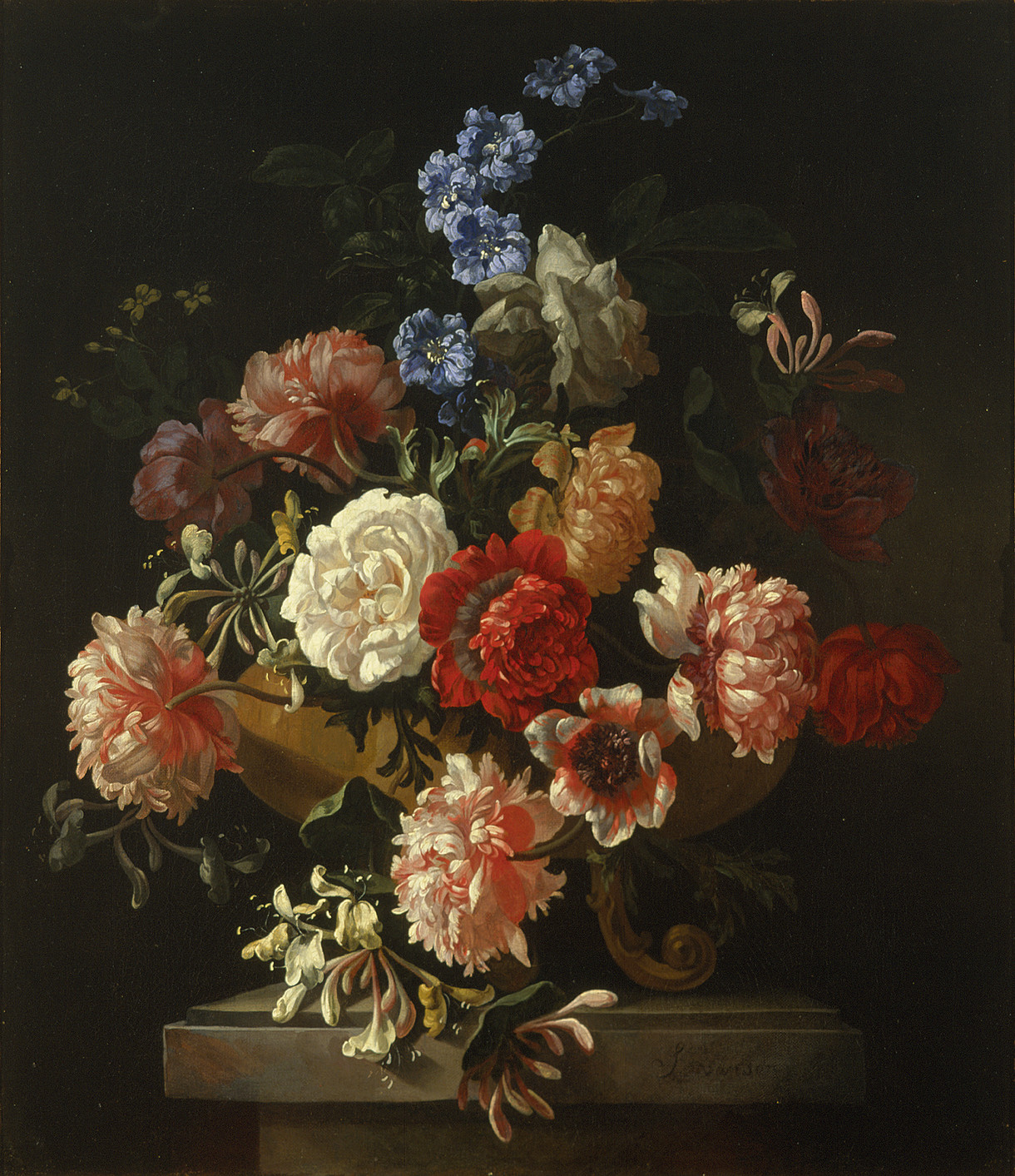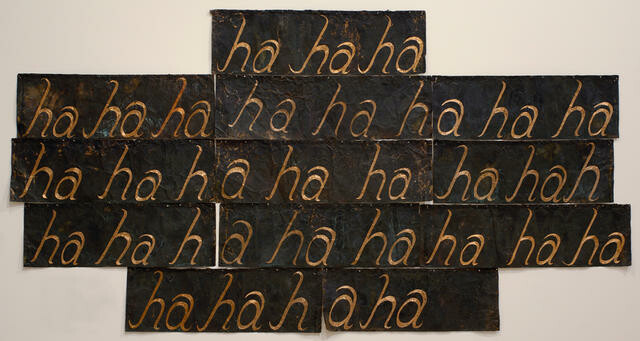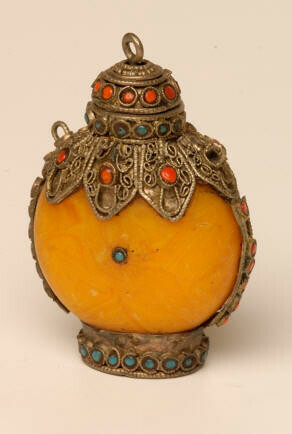B.
Cu
Behind the scenes
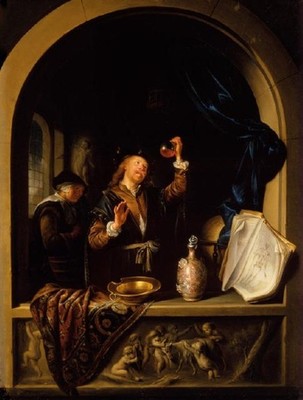
Gerrit Dou, The Physician, oil on copper

Unknown Artist, Saint Catherine of Siena, oil on copper
When Bob Mould's pioneering 80s punks Husker Du broke down in the usual plethora of acrimonious band-killing clichés – squabbles over songwriting credits, drug abuse, suicide, and the ever-present 'musical differences' – their erstwhile leader went on to form Sugar, who recently re-issued their 1992 debut Copper Blue. Should you choose to seek this album out, which I recommend you do, then DO NOT confuse it with 1994's Throwing Copper by Live, which I definitely don't recommend.
I've been listening to Sugar's re-issued classic a fair bit lately, and it's had copper – that's Cu to the Walter White's among you – on my mind.
It has been used for at least ten-thousand years, principally mined on Cyprus during the Roman era (but now largely sourced in Chile and the US), where it's role was important, particularly as currency. Now, its major applications are in electrical wires, industrial machinery, and plumbing.
More relevant, of course, is the use of copper in art. As an unashamed painting fan, there are numerous favourites that are rendered on a copper base, the smooth surface allowing particularly skilled practitioners an amazing level of control over the oil paint, as opposed to a canvas substrate which will always have a sense of texture. Although there are some painters who apply many layers of gesso, finely sanding between each application, they are generally rather neurotic and clearly just need to get their hands on a nice sheet of copper.
In our own collection there are some fine examples of oil on copper, generally dating from the mid-1600s, including one of the Gallery's most admired works, The Physician by Gerrit Dou. This work recently toured New Zealand as part of Mary Kisler's brilliantly conceived Angels & Aristocrats exhibition, along with two more of our treasures, Amigoni's Bacchus and Ariadne and Saint Catherine of Siena; this latter work by an unknown artist is also painted on copper. From a similar period Antione Coypel's Venus and Adonis is also a very good example from the collection.

Antoine Coypel, Venus and Adonis, oil on copper
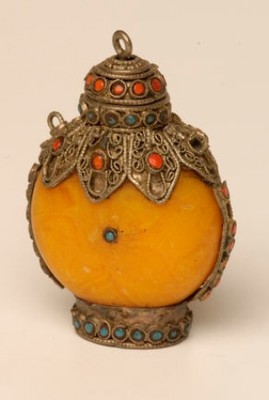
Unknown Artist, Snuff Bottle, silver on copper
Fast forward a couple of hundred years and the Gallery's vast array of snuff bottles show a much different use of the metal, but by 1992 (the same year Sugar released Copper Blue) we see a modern day reinvention of the practice of painting onto the metal, though the crumpled copper panels that make up The Laughing Wall by Giovanni Intra somewhat subvert the nature of that perfect flat surface!
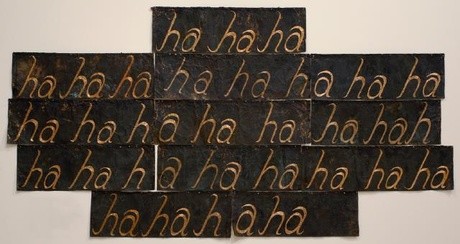
Giovanni Intra, The Laughing Wall, copper
